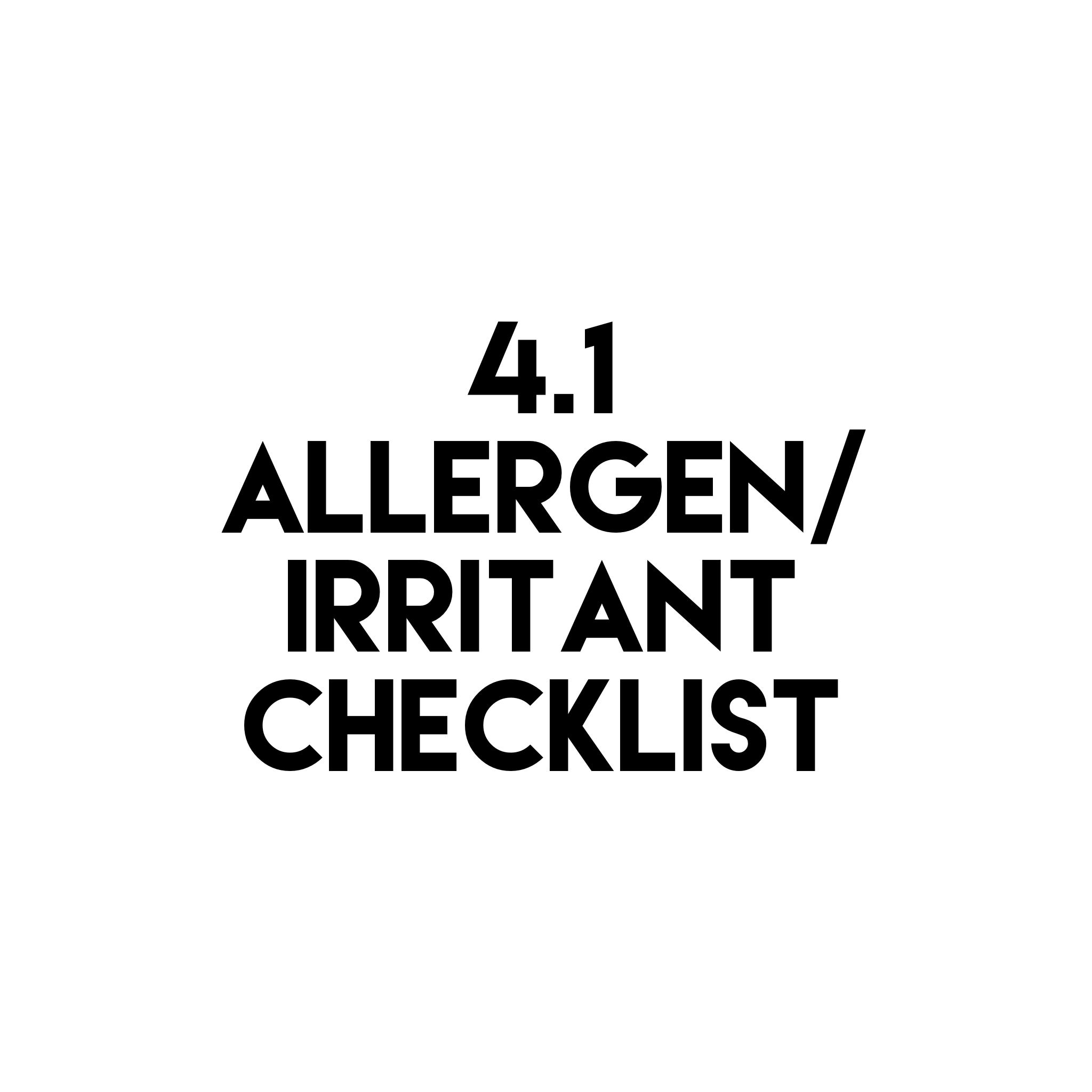Identifying and managing allergen/irritant flares
One of the most common cause of TSW flares is irritant and/or allergen exposure. TSW skin is always in contact with the environment, and being so sensitive, is easily triggered by anything that touches it, even minute particles in the air! We often flare up with seemingly no reason because anything can set it off. However it is possible to get acquainted with our triggers and avoid them, and eventually flare with less intensity and frequency.
It is first important to understand that allergens and irritants are two different things.
Allergens are what your body naturally has an immune response to. It is an allergy and allergies can change over time. Your allergies may disappear, reappear or you may acquire new ones randomly. Irritants are substances that irritate your skin, whether you have healthy skin or not. These are usually strong chemical such as antiseptic/antibacterial products. Even healthy skin can become irritated/dry from constant exposure (e.g. doing the dishes with hot water and antiseptic dishwashing liquid daily).
There are many allergens and irritants in our daily environments that can cause a reaction without us knowing. TSW skin is so sensitive that it can react to products formulated for sensitive skin or baby skin. Some sensitive skin or baby skin even contain strong fragrances! The following is a list of potential allergens and irritants that are in our daily environment.
Look through the list and check if you might be exposed to them every day. You may not even know that your skin is reacting to them, until you remove them. If you are having constantly red and inflamed skin, or cycles of red/inflamed to flaking and then red again, you might have an allergen/irritant around you. Upon removing them or avoiding them, your skin will get better!
Clothing and fabric of items such as bedsheets, chairs, sofas
Fuzzy materials such as wool, acrylic, furs
Synthetic materials that are rough to touch e.g. polyester blends, crepe
Unbreathable/overly tight materials e.g. scuba/neoprene
Fabrics that fur/shed easily
Prolonged periods of covering oozy skin with fabrics/towels
Air quality
Presence of nearby construction sites
Smoke from cigarettes, burning, incense, haze
Use of air fresheners/fragrances/essential oils/scents
Mold on ceilings/air-conditioning
Avoid going to hotpot or barbecues due to the smoke/steam and food particles in the air
Daily products
Facial wash, shampoos and soaps containing phytosterols and/or harsh ingredients
Exfoliating products/acidic products
Lotions containing ingredients unsuitable for your skin
Baby wipes/cleaning wipes
Fibres from tissue paper/paper towels
Cleaning products
Laundry detergents and softeners
Floor and surface detergents e.g. Dettol
Washing detergents
Insect repellents
Fabric or carpet cleaners/sprays
Leather cleaner
Furniture and home environment
New furniture with heavy smell of plastic, new leather
Furniture made of wood shavings
Fresh coat of paint/laminate
Dusty surfaces/floor/corners
Natural environment
Exposure to harsh sun
Heat and sweating
Dryness from air-conditioning
Humidity may cause more oozing
Pollen
Grass and mud
Animals/pet fur, dander and/or saliva
Lifestyle
Spicy or fermented foods
Airplane flights
Note: It is also a common misconception that all-natural/plant-based products do not cause flares. Nature and plants can be allergens as well (common ones are pollen, grass, fur/dander), just as much as synthetic products can. Skin can still react to plant-based soaps and detergents.
Note 2: Antiseptic and antibacterial cleaning products in general are harsh on the skin, and recommended to be avoided
Identifying an allergen/irritant flare
The skin’s speed of reaction to an allergen/irritant can vary largely, as quick as an immediate reaction after exposure, to reacting after prolonged exposure. This depends on 1) how strong the skin is and 2) how strong the allergen is.
Signs of an irritant flare are: redness, heat/warmth on the affected area, hives, increased itch, increased flaking. For weaker skin, oozing can happen. After prolonged exposure, the skin quality continues to drip in a cycling fashion, with periods of oozing, then flaking, then oozing again.
On the palms of hands and soles of feet, bubbles with clear fluid appear and are usually itchy. When bubbles are burst or when the skin is torn, it can be painful/sore.
Bubbles from a major irritant flare. Bubbles happen most commonly on hands, palms and soles of feet as a sign of an irritant/allergen
Hives, red blotchy and itchy patches. Eyes were watery and swollen
Bubbles, patchy redness and itching on décolletage
Caring for an allergen/irritant flare
Remove any suspected allergen and irritant immediately and cleanse the skin with water or saline solution. It can take a few days and up to 2 weeks for the flare to calm down and subside. How long the flare takes to subside depends on 1) strength of the skin 2) duration of exposure to allergen 3) strength of the allergen.
Some examples:
[The information referred to in this article was sourced from Skin Health Centre. https://www.skinhealthcentre.sg].







